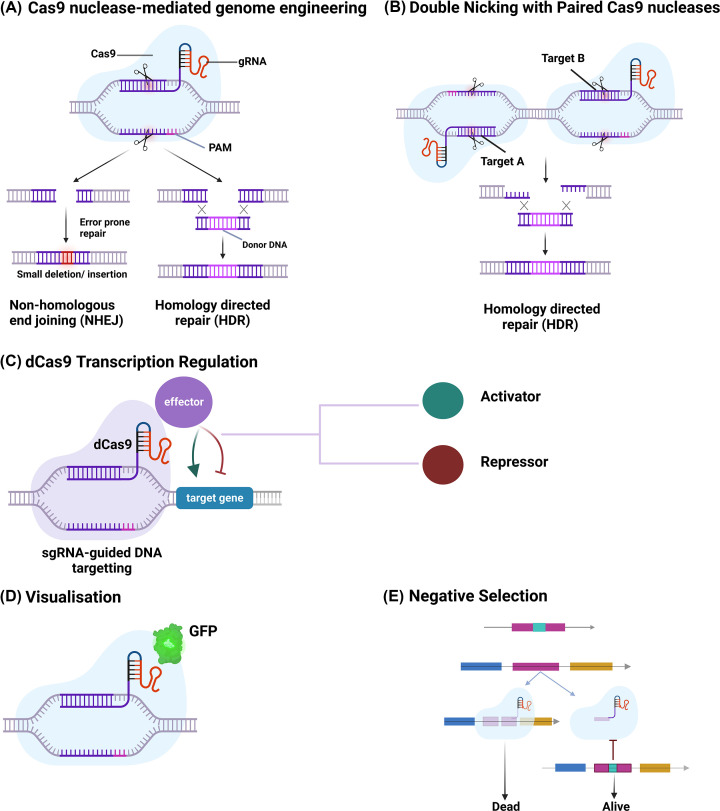Figure 4. An overview of CRISPR applications in genome engineering.
(A) Cas9 nuclease-mediated genome editing relies on Cas9 cleaving target DNA. The Protospacer Adjacent Motif (PAM) enables Cas9-mediated recognition and cleavage of target DNA. (B) Double nicking with paired Cas9 nucleases for genome engineering. (C) Catalytically ‘dead’ Cas9-variant (dCas9) transcription regulation. It may be CRISPR activation (CRISPRa) or CRISPR interference (CRISPRi). The transcription regulation relies on the use of dCas9, a mutant form of Cas9 that can bind but not cleave DNA. dCas9 controls gene expression by inhibiting transcription. (D) CRISPR-based visualisation. (E)CRISPR-based negative selection. Cas9 can be used to cleave unmodified DNA for negative selection. Created with BioRender.com

